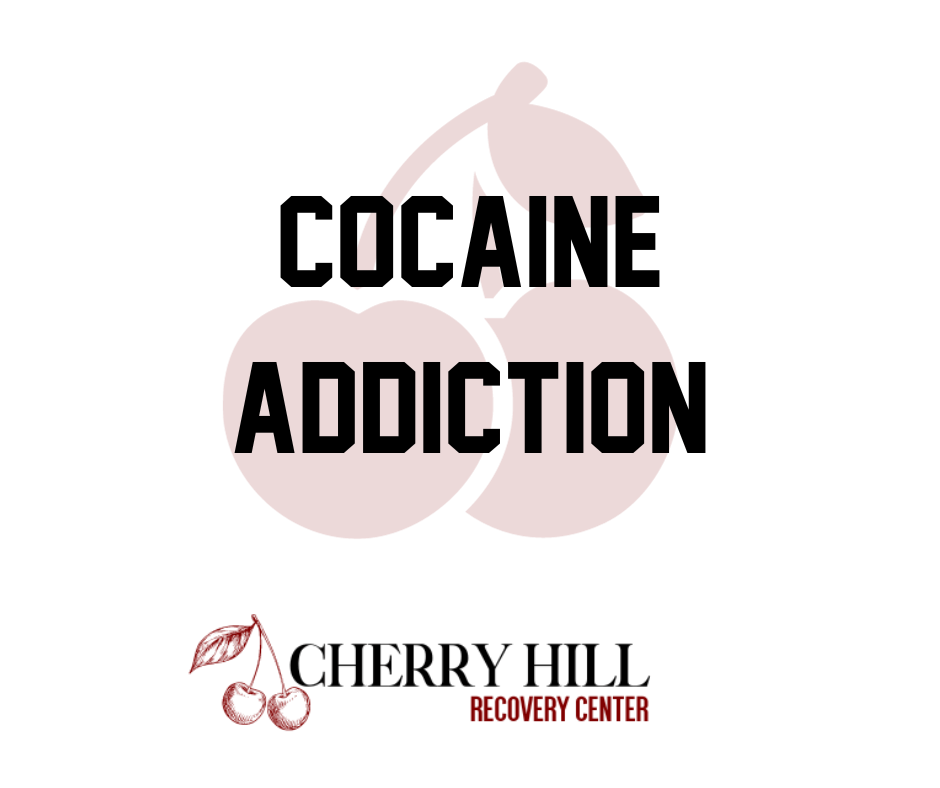
Welcome to Cherry Hill Recovery Center: Illuminating the Path to Cocaine-Free Lives
Medically Reviewed by Jeffery Simon, MD
Understanding Cocaine: A Closer Look at the Sparkling Menace
Cocaine, a powerful stimulant derived from the leaves of the coca plant, has a long and tumultuous history. This crystalline powder, often referred to as coke, triggers intense feelings of euphoria and heightened energy by blocking the reuptake of neurotransmitters like dopamine, creating a surge of pleasure in the brain.
What is Cocaine and the Cocaine Bear True Story
Beyond its pharmacological nature, the story of the “Cocaine Bear” adds a unique twist to this potent substance’s narrative. This true story involves a bear in Georgia accidentally consuming over 70 pounds of cocaine dropped from a smuggling plane. While this tale may be bizarre and somewhat amusing, it sheds light on the dangerous and unpredictable consequences of cocaine trafficking.
The Chemistry of Chaos: How is Cocaine Made?
Cocaine’s journey from plant to powder involves a complex process. The coca leaves are first harvested and then soaked in gasoline, extracting the alkaloids responsible for the drug’s effects. Subsequent chemical reactions and purifications result in the crystalline powder we recognize as cocaine. Understanding the intricacies of this production process is essential in highlighting the environmental and social impact of cocaine use. This highly addictive substance often ends in people being admitted to detox and rehab for cocaine.
Our Cocaine Addiction Rehab Nearby
Coke, Crack, and the Crack Pipe: Unraveling the Terminology
Cocaine is commonly associated with various street names, including coke and crack. While cocaine typically refers to the powdered form of the drug, crack is its freebase counterpart, often smoked for a more intense and immediate high. The use of a crack pipe in this context further highlights the dangerous methods of ingestion and the associated health risks.
The Heart of the Matter: Cocaine and Cardiac Arrest
Cocaine’s stimulating effects extend beyond euphoria, reaching into the realm of the cardiovascular system. The drug can lead to increased heart rate, elevated blood pressure, and a heightened risk of cardiac events, including heart attacks and cardiac arrest. Understanding the impact of cocaine on the heart underscores the urgency of seeking professional help for those grappling with addiction.
How Long Does Cocaine Stay in Urine? Unveiling the Traces
For individuals seeking recovery, understanding how long cocaine remains detectable in urine is a common concern. While the exact duration varies based on factors such as frequency of use and individual metabolism, cocaine typically stays in urine for 2 to 3 days. However, chronic use may extend detection times, emphasizing the importance of professional guidance in the journey toward a clean and healthy lifestyle.
Cherry Hill Recovery Center: Guiding the Transformation
At Cherry Hill Recovery Center, we recognize the multifaceted challenges posed by cocaine addiction. Our tailored treatment programs address not only the physical aspects of dependency but also the underlying psychological factors. From comprehensive detoxification to evidence-based therapies, our compassionate team is dedicated to guiding individuals towards lasting recovery and a renewed sense of purpose. Our outpatient drug rehab has the tools you need to successfully beat a cocaine addiction.
Embark on the path to healing with Cherry Hill Recovery Center, where expertise meets empathy in the pursuit of a cocaine-free future. Contact us today and take the first step towards lasting recovery and a brighter tomorrow.




